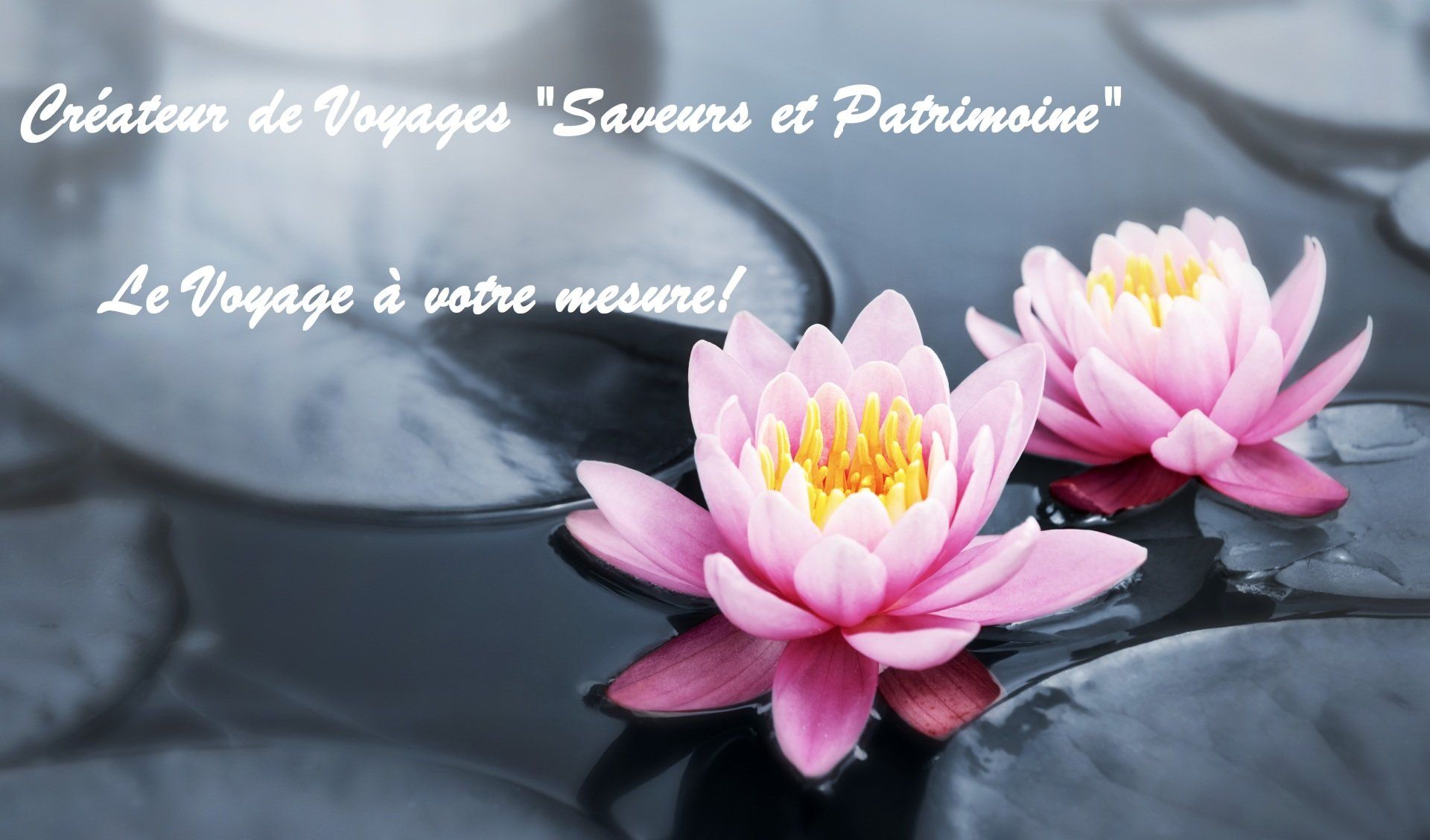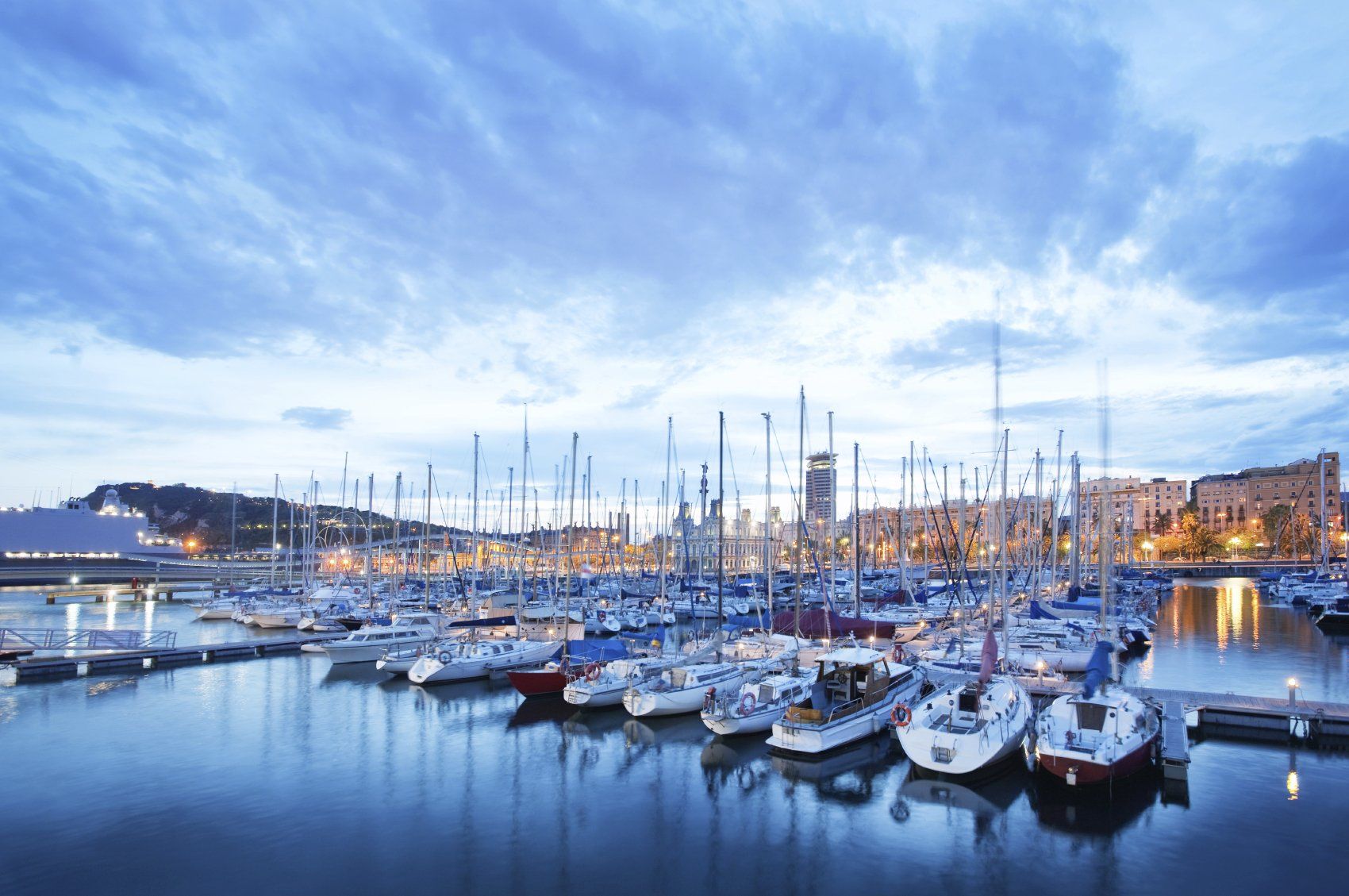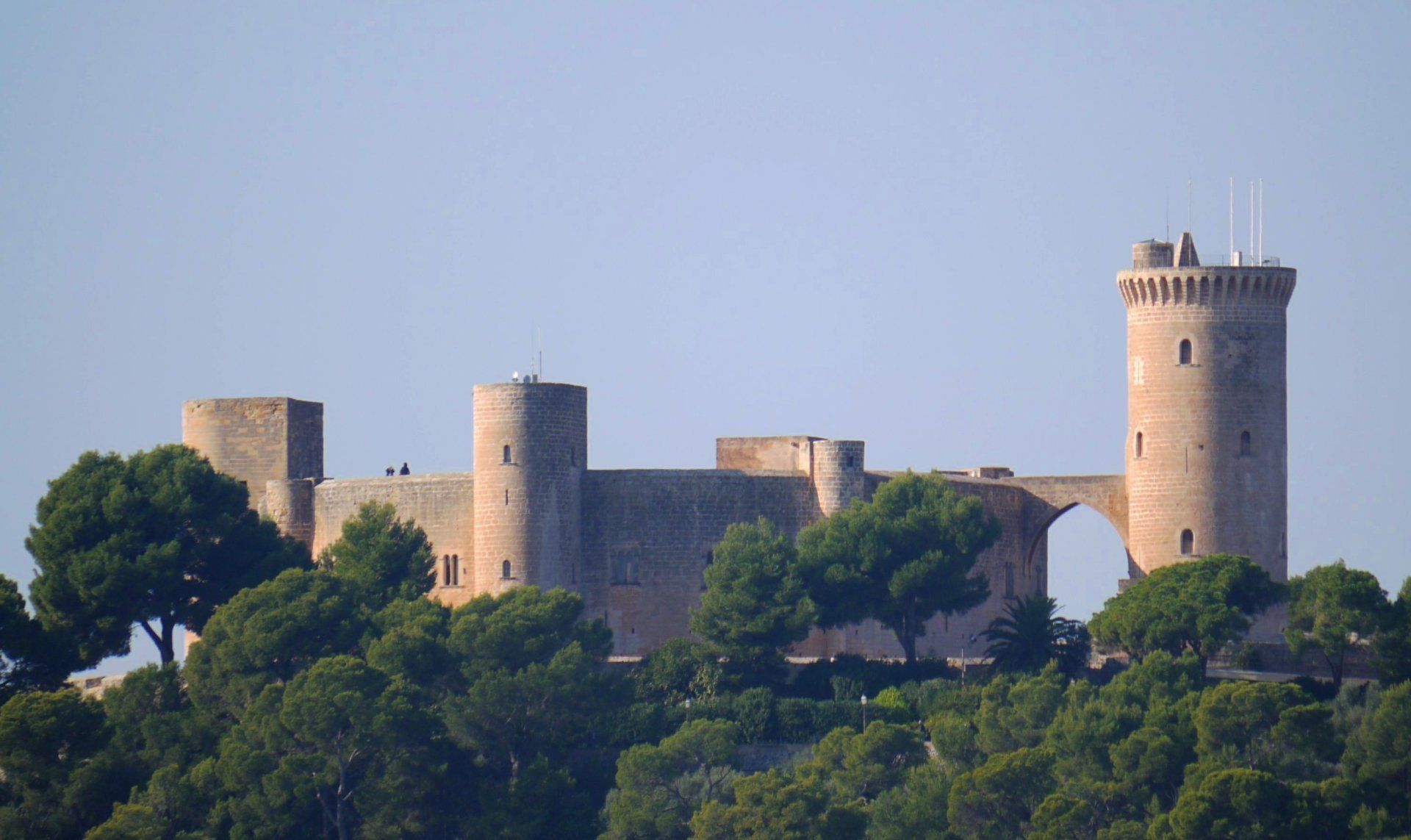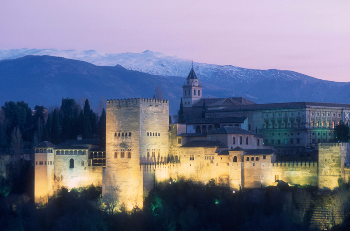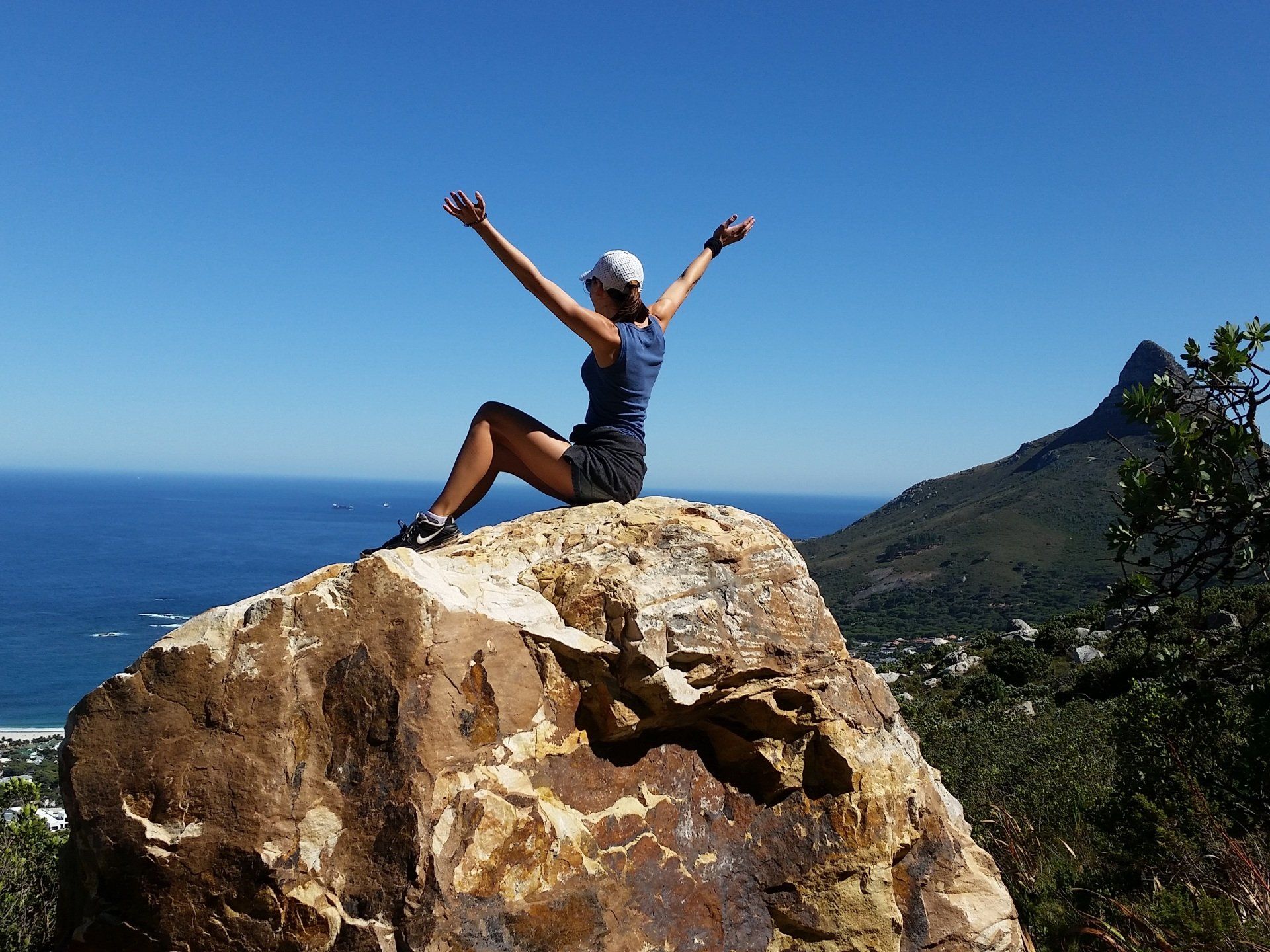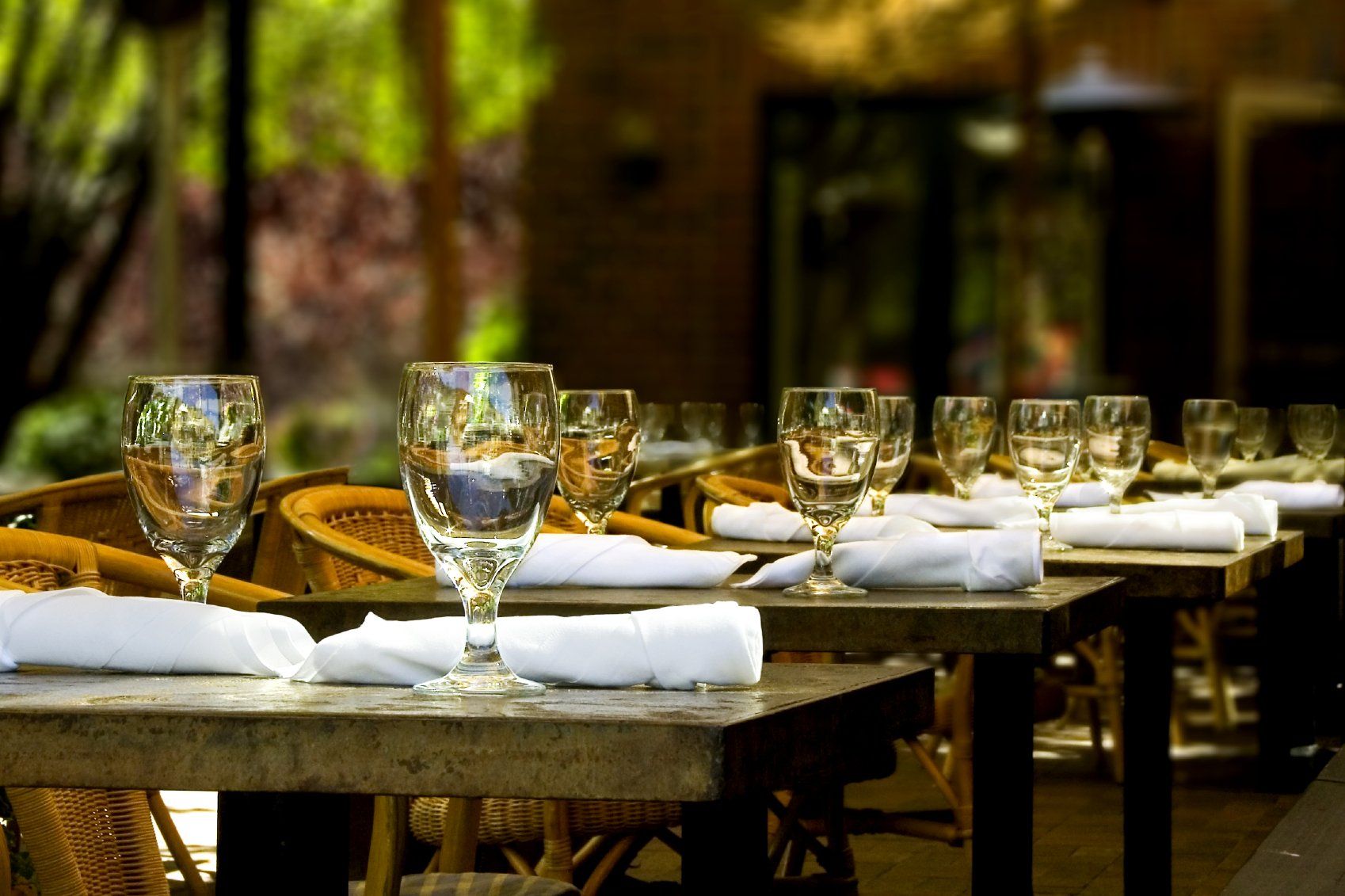TRIP IN ANDALUSIA AND IN CASTILE

On the Route of Don Quixote
Écrivez votre légende iciButton
Pause à Malaga
Écrivez votre légende iciButton
Cadiz, la Cité Blanche
Écrivez votre légende iciButton
Andalusian Art
Écrivez votre légende iciButton
List of services
-
Nerja- GrenadeItem Link List item 1Arrival at Malaga-Costa del Sol airport. Welcome by your tour guide. Road to Granada. Stop in Nerja. Nerja is one of the oldest white villages that stand on the coast. The territory still has today the testimony of prehistoric times with the famous cave of Nerja, known as the “prehistoric cathedral” for its geological formations resembling columns and vaults made of stalactites and stalagmites. Classified as a historic site, the cave is of archaeological interest for the collection of rock paintings it houses. Visit to the Nerja cave and walk through the village with traditional architecture to the “Balcon de Europa”. Continuation towards Granada. Discovery of the city. A trip to the heart of the city's Moorish roots. Installation at the hotel. Dinner and Night in the Granada region.
-
GrenadeItem Link List item 2
Petit-déjeuner. Visite de Granada. Capitale de l’Andalousie Orientale c’est l’endroit le plus fascinant d’Andalousie. Elle occupe un site majestueux au pied de la Sierra Nevada, face à la vallée du Genil. Elle fut la capitale du dernier royaume musulman de la péninsule sous la dynastie Nasride. Conquise en 1492 par les rois catholiques. Visite de l’Alhambra, du Generalife. Une des merveilles de l’art universel, classée au Patrimoine Mondial. Vous serez frappé par le contraste formé par l’Alhambra arabe et le Palais de Charles Quint, bâtiment renaissance. Puis, vous pénétrerez au cœur de l’Alhambra. Sur le Cerro del Sol, apparaît le Generalife, la résidence de campagne de la famille royale, avec ses splendides jardins et un pavillon du XIVème siècle dans le prolongement de la rangée de jets d’eau de la cour du canal. Poursuite avec les bains arabes El Banuelo et de l’église Santa Ana. Déjeuner. Dîner et Nuit Granada.
-
MalagaItem Link List item 3
Petit-déjeuner. Route vers Malaga.Promenade à travers la Malaga romaine et arabe- Alcazaba, Castillo de Gilbralfaro. Ce sont les Grecs qui se sont établis à Málaga qui ont appris aux autochtones à tailler la vigne, ce qui remonte sans doute aux années 600 av. J.C., à l’époque de la fondation de Mainake. Le premier témoignage historique connu de l'élaboration de vin à Málaga remonte au Bas Empire romain et est constitué d'un dépôt prismatique de fermentation découvert à Cártama, à environ trente kilomètres de la capitale. Les vins protégés par l’Appellation d’origine «Málaga» sont classés entre les vins liquoreux, parmi lesquels figurent les vins doux naturels, et les vins naturellement doux. Déjeuner. Diner et Nuit en région de Malaga.
-
Ronda - CadizItem Link
Petit-déjeuner. Route vers Ronda. Découverte de la ville avec le Palais Mondragone, Puente Nuevo, Museo Taurino. Départ pour Cadiz. Découverte de la ville. La ville la plus ancienne d’Occident est bercée par le ressac de l’Atlantique, seulement rattachée à la terre ferme par une langue de sable et le pont sur la baie. Selon la légende, elle aurait été fondée par Hercules lui‐même, mais plus probablement elle dut sa fondation aux phéniciens vers 1 100 avant JC pour devenir dans l’antiquité un comptoir commercial florissant. Grâce à la découverte des Amériques, elle devint le port d’attache des flottes de navires. Déjeuner. Dîner et Nuit en région de Séville.
-
SévilleItem LinkBreakfast. Visit of Seville (over 2 days): Museum of Fine Arts, reales alcazares, plaza de Toros de la Maestranza, Torre del Oro, Hospital de la Caridad, Seville Cathedral and La Giralda, hospital de los Venerables, walk through the Macarena, palacio de san Telmo, parque Maria Luisa - Capital of the autonomous community of Andalusia and fourth city in Spain is located on the banks of the Guadalquivir. Full of history and traditions, luminous, grandiose, with a casual and hospitable character, its name is a talisman that attracts and unites many of the attractions of the Andalusian region. The monumental core: The historic district of Seville, one of the most extensive in Europe, corresponds to the enclosure delimited by the medieval rampart. At its nerve center are the monuments inscribed on the list of high places of World Heritage: the cathedral, the Alcazar and the archives of the Indies. These monuments adjoin the enchanting labyrinth of the Santa Cruz district, whose squares and alleys are inundated with the scent of orange blossom. Lunch. Dinner and Night in the Seville region.
-
SévilleItem LinkBreakfast. Visit of Seville - To discover plaza de Toros de la Maestranza, torre del Oro, Hospital de la Caridad, la Giralda, hospital de los Venerables, promenade in the Macarena, palacio de san Telmo, parque Maria Luisa. The Museum of Fine Arts, the most important art gallery in Andalusia. Lunch. Dinner and Night in the Seville region
-
CordoueItem Link
Petit-déjeuner. Départ pour Cordoba, visite de la ville (la Mezquita, alcazar de los Reyes Cristianos). Cordoue est situé sur les rives du Guadalquivir, au pied de Sierra Morena. Fondée par les Phéniciens, Cordoue renferme de nombreux piliers de l’âme andalouse dans son fascinant ensemble historique. A partir de la tour de la Calahorra,vous traverserez la porte et le pont romains jusqu’à la grande Mosquée cathédrale. Visite de l’une des œuvres les plus impressionnantes de l’art islamique. Vous pénètrerez à la Mezquita par la Cour des Orangers destinée aux ablutions rituelles. L’oratoire est un espace formé par 19 nefs aux arcs bicolores à cheval sur des centaines de colonnes qui créent un effet inoubliable. Sur le mur sud, vous découvrirez le mihrab. La mosquée initiale fut bouleversée au XVIème siècle par la construction en son centre d’une cathédrale gothique renaissance. Visite de l’Alcazar de los Reyes Católicos. Déjeuner. Diner et Nuit en région de Cordoba.
-
Baena- Olive grove- route of Don Quixote.Item Link
Petit-déjeuner. Visite de Baena et d'une oliveraie avec dégustation. Baena est une ville espagnole située au cœur de l'Andalousie. La première image qui nous surprend en arrivant à cette ville c’est une colline parsemée de maisons blanches entre des étroites et sinueuses rues et, tout autour, un paysage d’oliviers et de champs de blé. Elle est réputée pour sa riche production d'huile d'olive extra vierge. Route vers Toledo en passant par la route de Don Quichotte, voir les Moulins et prévoir un arrêt photo. Déjeuner. Diner et Nuit en région de Tolède.
-
TolèdeItem Link
Petit-déjeuner. Tolède, visite de la ville + tour en train. Occupant un site magnifique dans un méandre du Tage, Tolède recèle dans le lacis de ruelles encloses dans son enceinte fortifiée de nombreux témoignages de sa riche histoire. Ancienne colonie romaine dont la forteresse occupait l’emplacement de l’actuel Alcazar, elle devint au VIème la capitale des Wisigoths. Creuset où se métissèrent au Moyen‐âge les cultures chrétienne, juive et musulmane, la cité se para au XIIIème siècle de son plus prestigieux monument: la cathédrale. En 1577, le peintre El Greco s’installa à Tolède où subsistent maintes de ses œuvres. Ville historique , elle est classée sur la liste du Patrimoine Mondial de l'UNESCO. Déjeuner. Dîner et Nuit en région de Tolède.
-
Région de TolèdeItem LinkBreakfast. Guided tour of a vineyard and the Bodega. Guided tour of a Viñedo Cigarral Santa vineyard (1 hour) then visit of Chinchon with an official guide including a typical wine tasting of this place. Lunch. Dinner and Night in the Toledo region.
-
MadridItem LinkBreakfast . Road to Madrid - Visit of the city, it does not begin until 852 AD, under the name of Magerit, with the construction by the Moors of a fortress on the Rio de Manzanares. And it was only in 1561 that Philippe II decided to establish the capital there. Begins the era of the Madrid of the Habsburgs, which saw the birth of achievements such as the Plaza Mayor or the Buen Retiro Palace. In 1700, it gave way to the Madrid of the Bourbons. The 19th century was marked by the war for independence. After a period of calm, the civil war and the dictatorship took hold, which would not end until the death of Franco and the coronation of King Juan Carlos. After the democratic restoration, Madrid recovered its cheerful, wriggling and extroverted air. The reasons to visit this capital: its history, its museums, its cultural centers, its royal sites, its parks, its gardens, its avant-garde architecture, its festivals and festivals, its gastronomy, its unique sites and its escapades. Lunch. Dinner and Night in the Madrid region.
-
ReturnItem LinkBreakfast. Madrid airport transfer. END OF THE ADVENTURE

Title of the slide
Écrivez votre légende iciButton

Title of the slide
Écrivez votre légende iciButton

Title of the slide
Écrivez votre légende iciButton

Title of the slide
Écrivez votre légende iciButton

Title of the slide
Écrivez votre légende iciButton

Title of the slide
Écrivez votre légende iciButton

Title of the slide
Écrivez votre légende iciButton

Title of the slide
Écrivez votre légende iciButton

Title of the slide
Écrivez votre légende iciButton
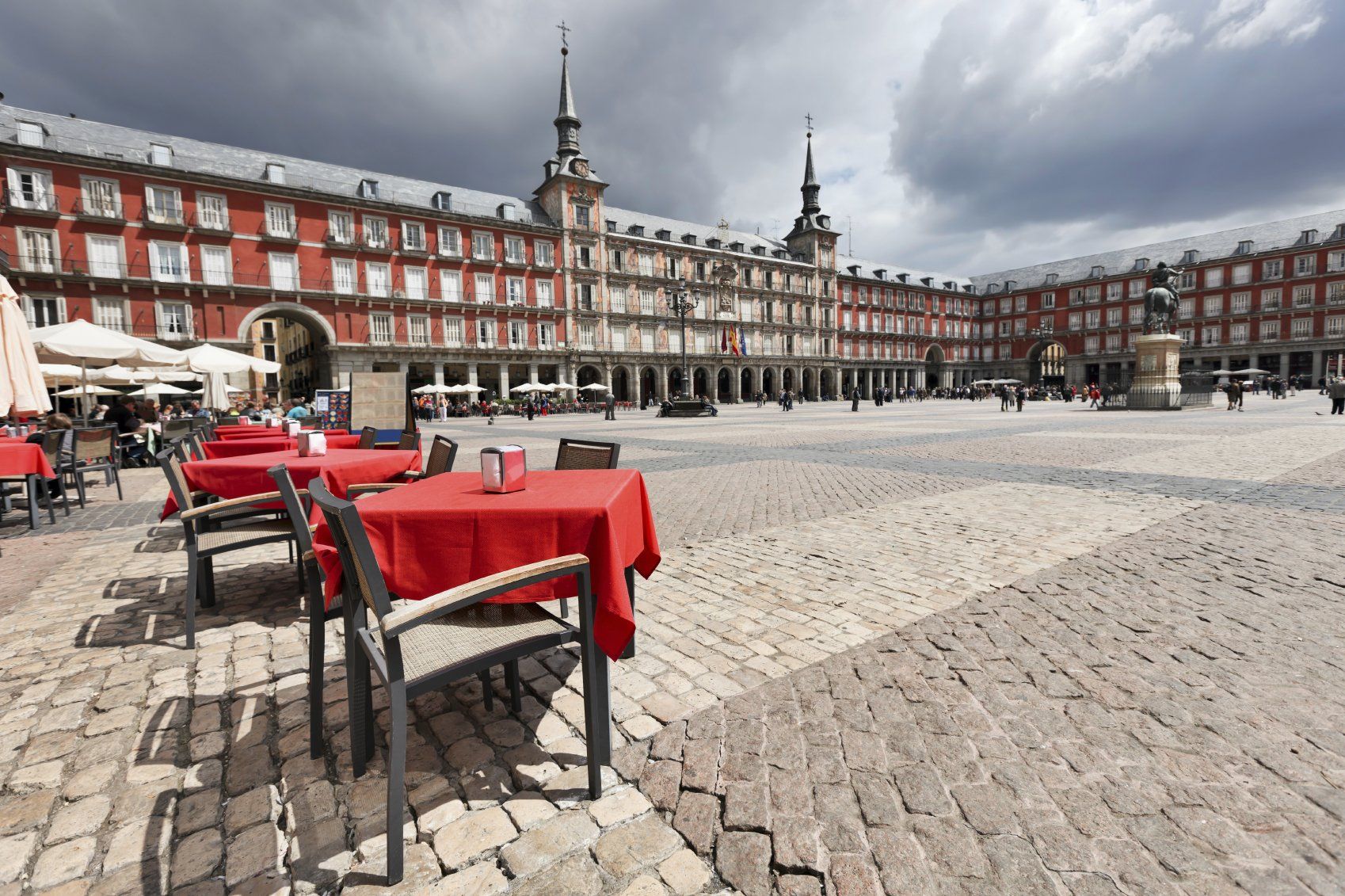
Title of the slide
Écrivez votre légende iciButton
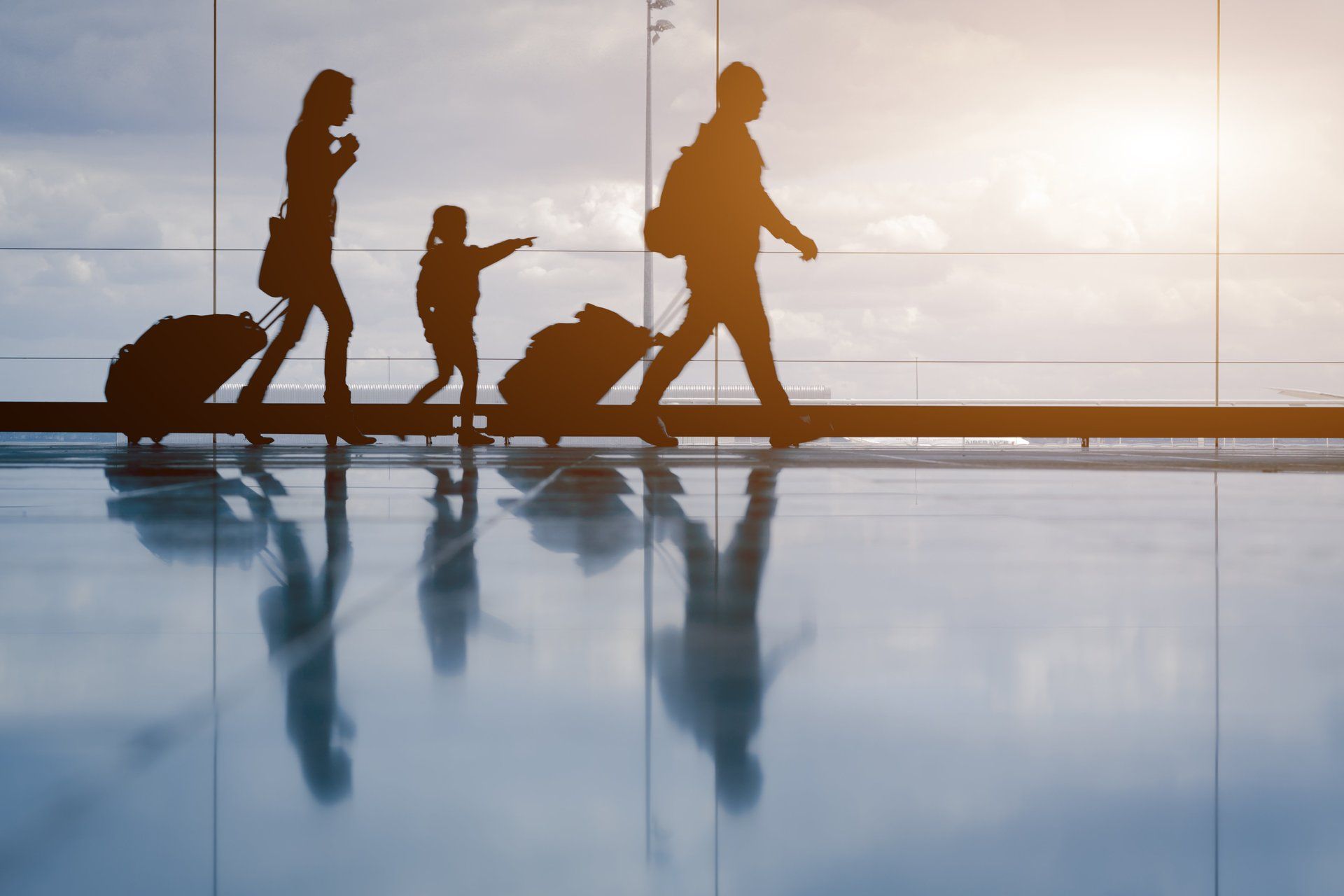
Title of the slide
Écrivez votre légende iciButton
Tous les services dont vous avez besoin, en un endroit
Guided tours
Pour l’accompagnement de votre séjour plusieurs formules :
- Guide- conférencier tout le séjour
- Accompagnateur tout le séjour
- Guide pour des visites ponctuelles
- Location d'audiophones pour une visite confortable !
Restoration
We offer several formulas
- Déjeuners et dîners libres.
- Déjeuners et dîners dans des restaurants ou hôtels
- Des paniers repas.
Accommodation
Nous proposs plusieurs catégories :
- Hôtels
- Gîtes (selon le séjour)
- Des hauts lieux d’histoire
- Auberges de jeunesse


